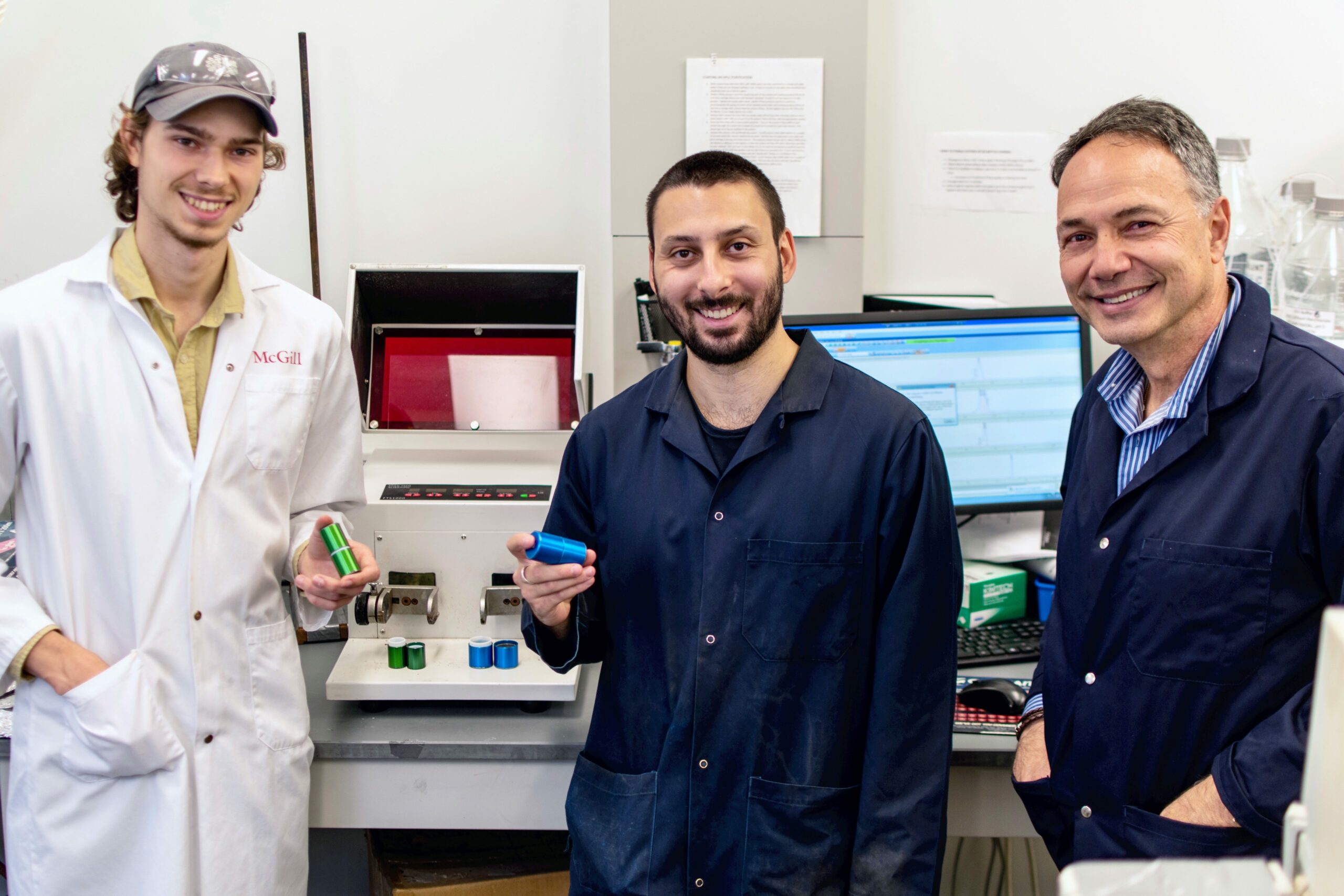
When Masad Damha started to investigate new ways of making oligonucleotides, he expected criticism.
“The current method has been established for nearly 40 years, and it works really well,” said Damha, who is a Distinguished James McGill Professor in the Department of Chemistry. “Why waste time trying to reinvent the wheel?”
But rather than criticism, Damha recently received $50,000 USD from the American Chemical Society’s Green Chemistry Institute Pharmaceutical Roundtable, a partnership between the ACS Green Chemistry Institute and numerous pharmaceutical companies, including Johnson & Johnson and Pfizer. The goal of the research grant is to make the process of manufacturing oligonucleotides more sustainable by reducing its environmental impact.
Environmental and fiscal responsibility
This is the wheel Damha has been trying to reinvent for several years. The current method used to synthesize oligonucleotides – small strands of modified DNA and RNA molecules – requires large amounts of hazardous solvents, much of which is later discarded as waste. With more than a dozen oligonucleotide drugs now on the market to treat a range of genetic diseases, and hundreds more in clinical trials, the cost and risks associated with this process are rapidly becoming unsustainable.
“Now that we know oligonucleotide therapeutics are here to stay – with some requiring many kilograms manufactured every year – we need to find better ways to make them,” Damha said. “We need to be responsible, both environmentally and economically.”
The alternative Damha has been exploring is mechanochemical synthesis, a technique that applies mechanical energy through grinding or milling to create a chemical reaction. In collaboration with Professor Tomislav Friščić, who just received the NSERC John C. Polanyi Award for outstanding advancements in the field of mechanochemistry, Damha first tested this approach with funding from the McGill Sustainability Systems Initiative (MSSI).
Using a vibration ball mill, the team managed to synthesize DNA fragments up to six nucleotides long while reducing the amount of reaction solvents needed by 95 percent. They also developed a method for coupling these fragments to build oligonucleotides more efficiently than the current process of reacting one nucleotide at a time. In addition to publishing their findings, Damha and Friščić submitted a report of invention and filed a patent in May 2021.
“The funding we received from the MSSI was critical. It gave us the opportunity to test our theory and prove there was merit to our idea,” Damha said. “Without it, we wouldn’t have received the ACS grant.”
With the backing of the ACS Green Chemistry Institute, Damha and his team now have a year to test a different type of mechanochemical synthesis to see how its compares to vibration ball milling.
“Our industry partners are going to need some convincing to change their manufacturing process,” Damha said. “So it’s up to us to find the most effective option and show them it works.”
He will also be meeting every six weeks with representatives from the ACS Green Chemistry Institute as well as from the pharmaceutical companies Amgen and Roche to exchange ideas and, hopefully, increase the prominence of nucleic acid research in the field of green chemistry.
“I think all scientists have a responsibility to think about how their projects can impact society,” Damha said. “And this grant is a pivotal moment when we can make sustainable oligonucleotide research a priority.”
